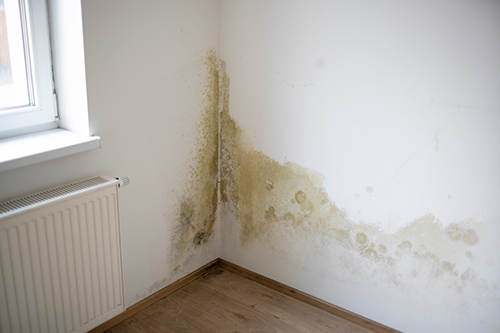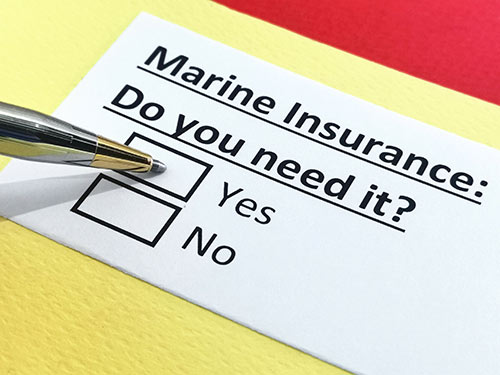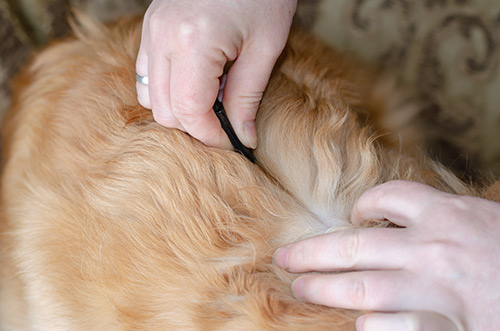
Owning a pet is a fabulous and rewarding experience. But every animal and their needs are different, so how can you make sure you’re ready for a new addition to your family and your home and that you choose the right one for you? Our tips on how to choose the right pet are here to help…
Say goodbye to preconceived ideas
You may like the look of a particular pet but that doesn’t mean they’re right for you. Every pet has its own personality and certain breeds of dogs often have strong traits – for example Jack Russell terriers can need a lot of exercise and play to stop boredom setting in and shih tzus require lots of grooming. If you have children look for a friendly, confident dog rather than focussing on a particular breed.
Most people think that all small pets are great for children but it isn’t always the case. Some pets, including hamsters and chinchillas, are nocturnal which means that when the kids want to play, their pets are snoozing happily and won’t appreciate being disturbed.
Pets like gerbils and mice are quick and agile so it’s difficult for children to handle them without squeezing too hard. And rabbits are prey animals and don’t always enjoy being picked up and cuddled.
On the other hand, less popular pets like rats can actually make great pets and love social interaction with people. So think about what you want from your small pet and do some research before you take one on.
Think about your lifestyle
You may have an idea of what kind of pet you want, whether that’s a dog or degu, but think about what would be best suited to your home and lifestyle.
For example, if you work full time and you want a dog, who would take care of them during the day? Are there any local dog day care or dog walking services you can use and have you looked into the cost of this?
If you want a cat, will they have access to outside space while you’re out and about during the day and how will you feel if you come home to a clawed sofa?
Do some research on the size, temperament, exercise requirements, lifespan and health predispositions of different pets and breeds to make sure they’re the right choice for you.
Don’t impulse buy
It might be tempting if you see a gorgeous pet looking longingly at you but think about whether you’re really ready for the long term commitment. Your new pet could live for anything from two years to 20 or more and that impulse purchase might not seem like a good idea further down the line.
Plus if you haven’t done your research, you won’t know anything about the pet’s history and any health or behavioural problems that they come with. Choosing the right pet requires both planning time so don’t rush in to anything.
Do your sums
From everyday things like insurance, food and toys to unexpected vet bills, having a pet is a financial commitment.
Some pets may cost a few hundred pounds a year while others can cost thousands so make sure you factor in how much your new pet will cost before you choose them.
Think about a rescue pet
Thousands of stray, abandoned and unwanted pets are desperate for a good home. Charities like Blue Cross can offer support and advice about individual pets and help you find the right one for you and your family.
They’ll discuss your lifestyle and what you want from a pet and suggest suitable animals from the many in their care.
An adult rescue pet is a great choice because their personalities are already established so you can be more confident about whether they’ll fit in well to your lifestyle. They will be neutered, microchipped and vaccinated so they offer great value compared to the outlay involved in buying from a breeder.
If you want a particular breed of dog but still want to help a rescue pet, you can contact specific breed rescue organisations via The Kennel Club.
Use a reputable breeder
If you do want to buy a pedigree dog or cat, ask your vet or breed club to recommend a responsible breeder. Ask the breeder for all the relevant paperwork, like pedigree registration papers, health screening certificates and a written medical history, including vaccinations and worming.
Ask to meet the pet’s parents, relatives and siblings to observe their temperament and general health and welfare and find out if the parents or any of their other litters have developed inherited diseases or problems.
Ask about how the youngsters have been socialised and avoid those that have been reared in kennels, as they may have missed out on important aspects of growing up.
You can also ask to contact the breeder’s vet and other people who have bought youngsters from them to verify this – if they refuse, go elsewhere.
Don’t purchase online or from dealers who offer multiple breeds or types of pets – these may well turn out to be puppy farmers or commercial dealers who have little interest in the welfare of the pets they sell.
Find your perfect match
There aren't any fixed rules about what makes the perfect home because every pet and their needs are different. If you’re looking for a pet, do everything you can to find one that’s the right match for you and your lifestyle.
Source: bluecross.org









